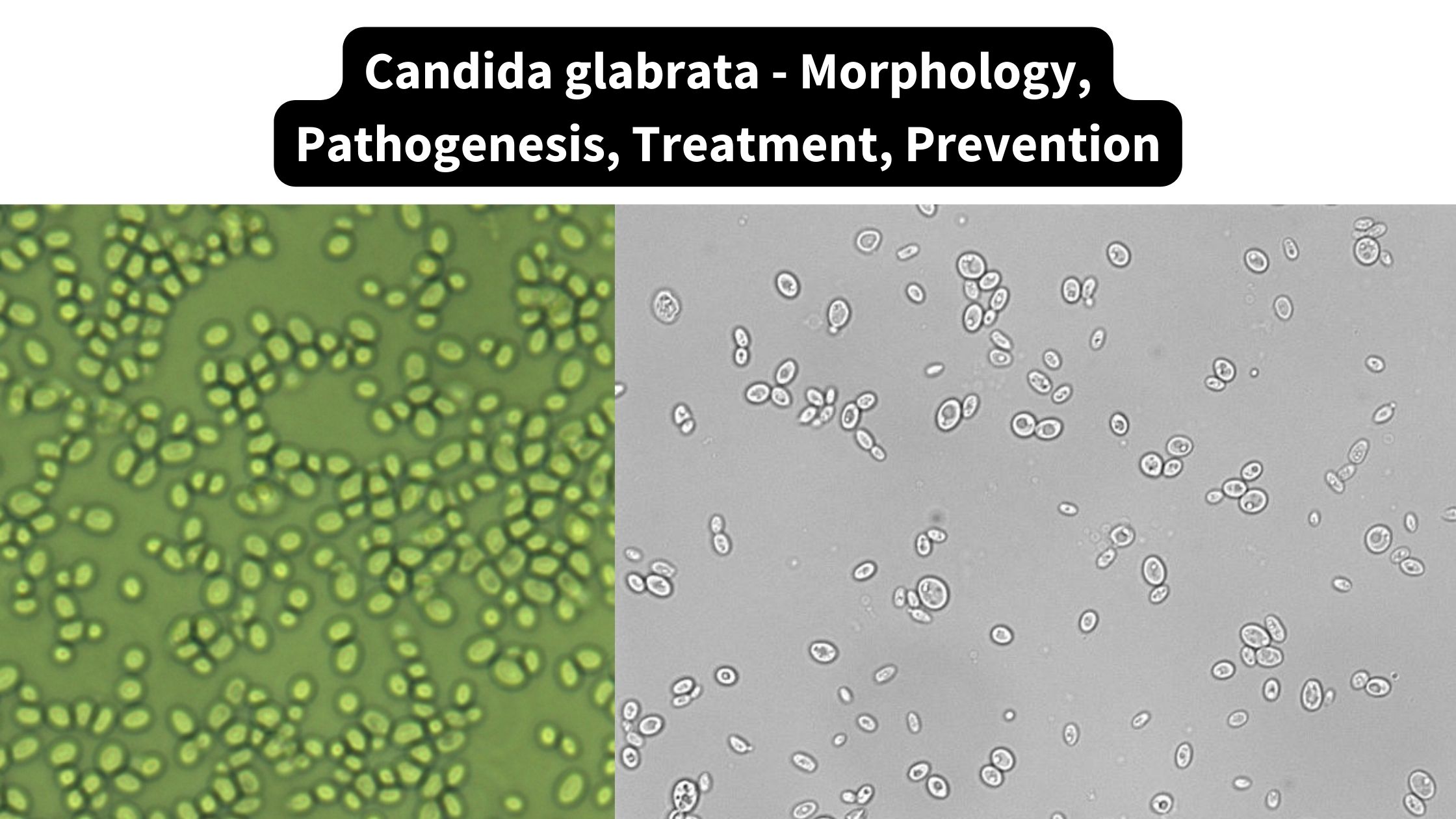Rhizopus sporangia – Overview
Habitat of Rhizopus sporangia Rhizopus sporangia are typically found in a variety of habitats where the fungi of the genus Rhizopus thrive. These habitats include: Rhizopus sporangia Characteristics Rhizopus sporangia have several characteristic features that distinguish them from other fungal structures. Here are some key characteristics of Rhizopus sporangia: Rhizopus sporangia Taxonomy Classification Rhizopus sporangia … Read more









